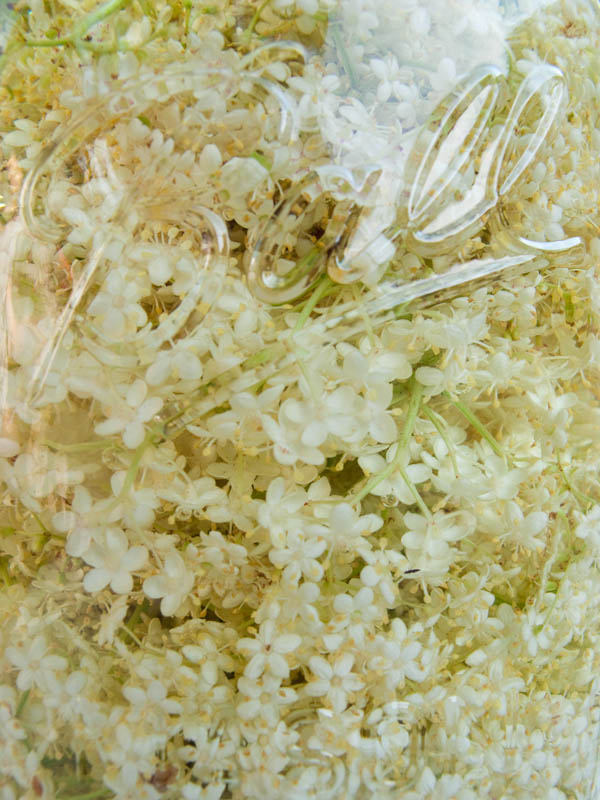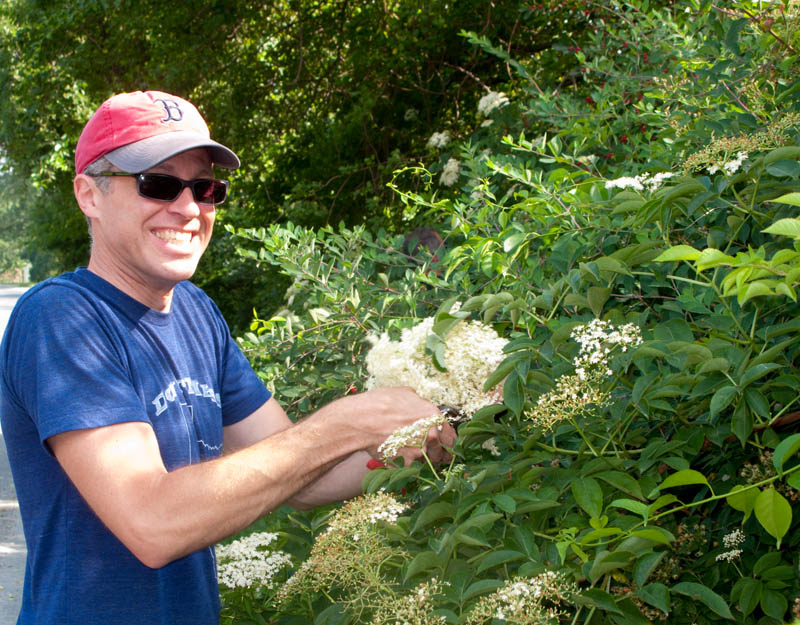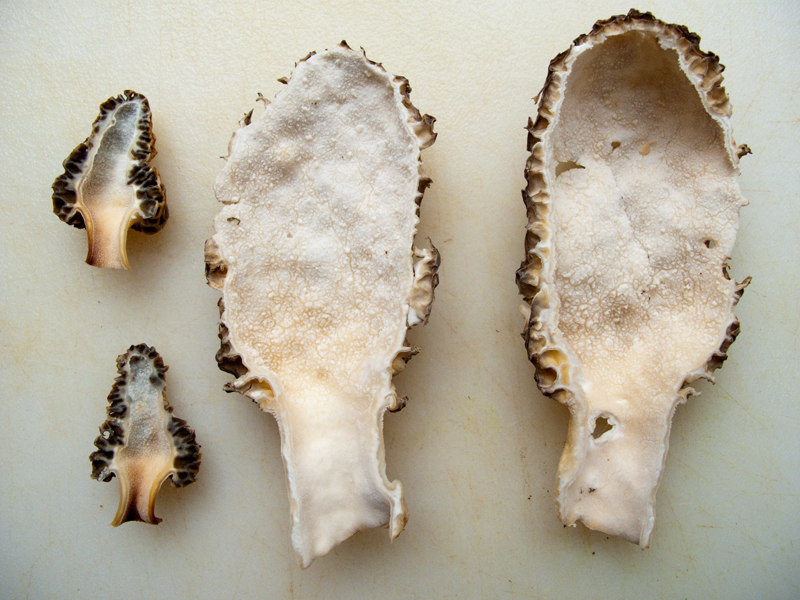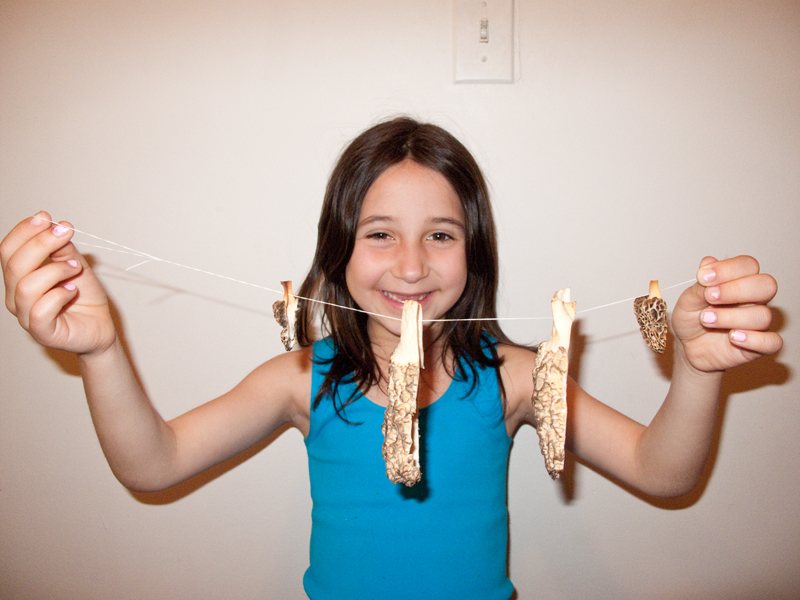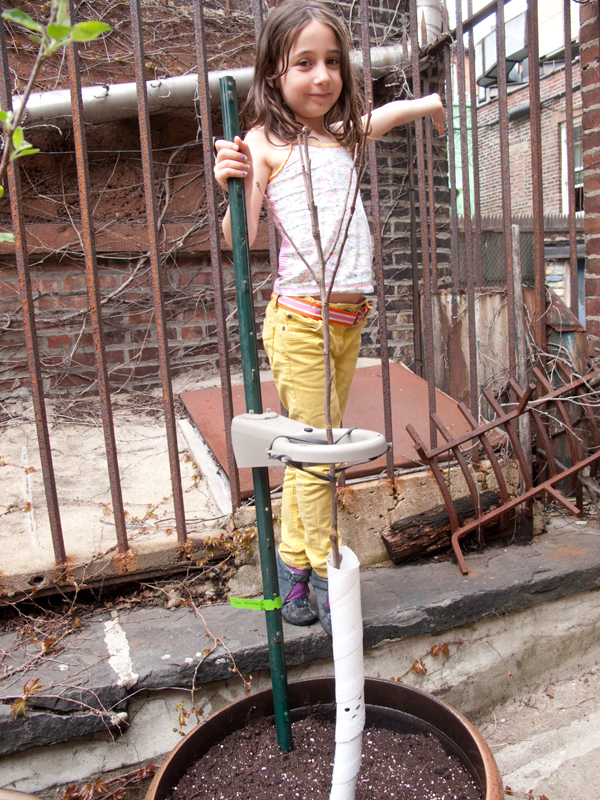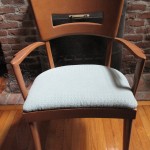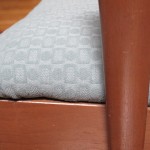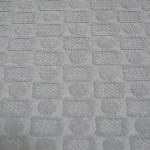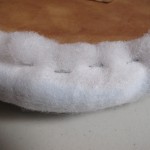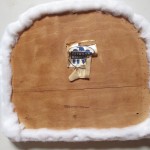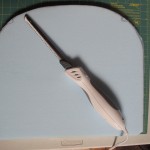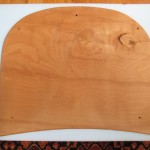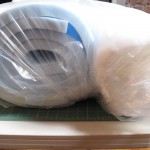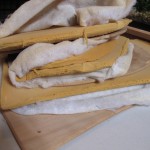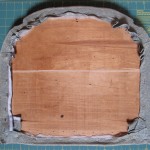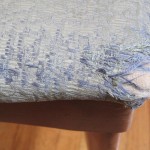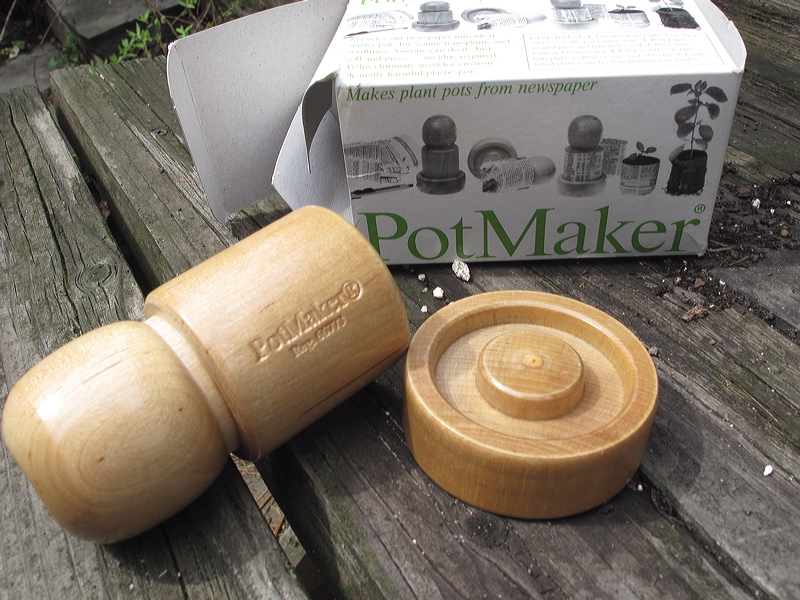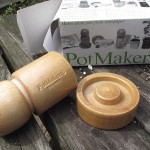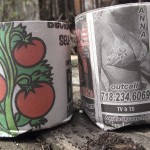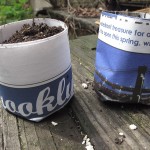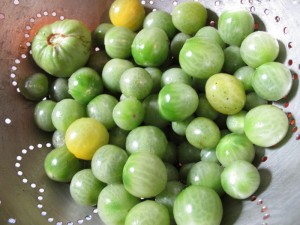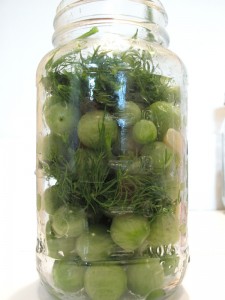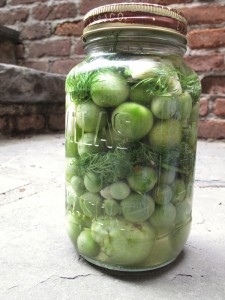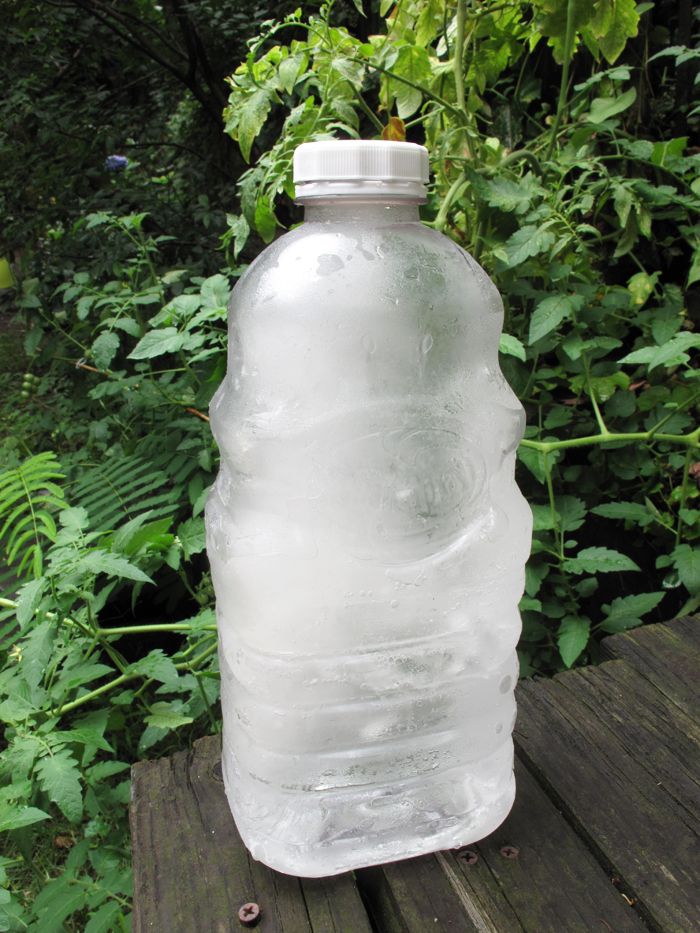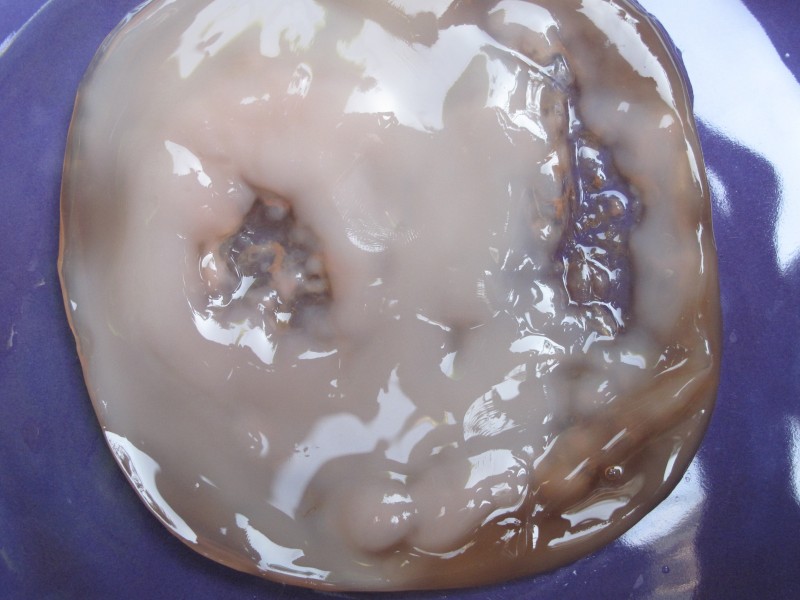
Kombucha scoby
A few weeks back I took a fermentation workshop with Sandor Katz. One of the many foods and beverages he covers in his book Wild Fermentation is kombucha. Kombucha is a fermented beverage made from sweetened tea. What gets the fermentation action going is a gelatinous clump of bacteria and yeast called the scoby, the mother, or the tea beast (love that one!) It’s a rubbery disk that is pretty unappetizing looking.
I was lucky enough to get a scoby from a generous person at the workshop, who brought extras. You see, when you make kombucha, you use a starter scoby, but then a new one forms. So then you have two, so you can then get two jars of kombucha brewing. But then you have 4 scobies. You can see how this can get out of hand quickly. In fact, if anyone lives near downtown Brooklyn and wants to try their hand at making kombucha, I can pass along a scoby to get them started. Just email me!
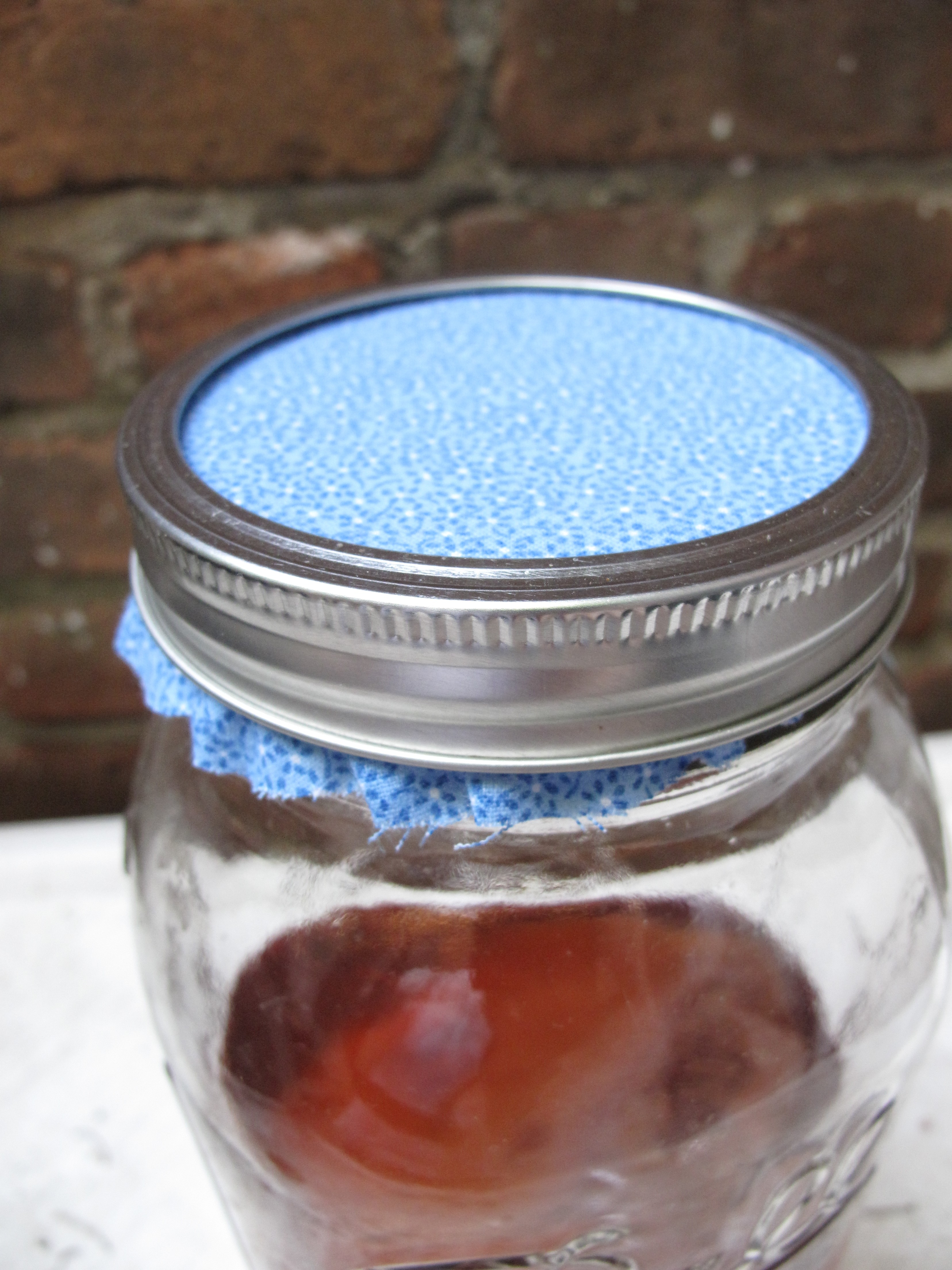
Fabric lid
Kombucha Recipe adapted from Wild Fermentation. To make 2 quarts.
Ingredients:
2 quarts of water
1/4 c. sugar
4 teabags of black tea
1 c. mature kombucha (you can buy it at most health food stores) This is like sourdough starter for kombucha.
kombucha scoby
Add sugar to the jar and boil water. When water has reached a boil, pour it into the jar (in this case a 2-quart jar) just to the point of where it starts to taper in. Stir to dissolve the sugar.
Add the teabags and let steep at least 15 minutes. Allow the liquid to cool to body/room temperature.
Add the mature kombucha and then the scoby. Put the scoby in opaque side up. Cover with a cloth which allows air circulation but keeps flies out. I take the metal disk out of the 2-part mason jar lid and put the screw ring on over a piece of fabric.
After a few days, taste the liquid (I pull some out with a straw. You know the trick where you dip the straw in and then put your finger on the end and pull up the liquid in the straw…). This part is really subjective. Kombucha ferments faster in warm weather, so keep that in mind. It’s been crazy hot here and I’ve still let my kombucha ferment on the counter for a couple of weeks. The longer it ferments, the more of a tangy, sour flavor it will have. If you let it go too far it will turn into vinegar. When it is to your liking, remove the scoby and store the kombucha in the fridge. If you like to flavor your kombucha, this is the time. I added lemon juice, some chopped ginger and some raspberry purée I happened to have on hand. I was emulating the trilogy mix by Synergy. I fill Synergy bottles, which are 16oz with my finished brew. To this I added juice from 1/4 lemon, a few slices or chunks of peeled ginger and about 1 t. raspberry puree. I have some in the fridge now with a few blueberries floating in the bottles.
When I pour the kombucha into my drinking glass, I always strain it to remove the ginger and any slimy bits (I know. Real appetizing. Makes you really want to run out and make some when I mention slimy bits) . It’s a little effervescent and very refreshing. And much to my dismay, kombucha is very trendy right now.
And if you don’t have any takers for the scoby, you can compost it, bury it with fruit trees or give it to your chickens. Mine wolfed it right down.
UPDATE: After several months of brewing kombucha, I’ve decided to take a break. I don’t have any more scobys to pass along. There are sites that explain how to grow a scoby from commercial kombucha. Here’s one.
